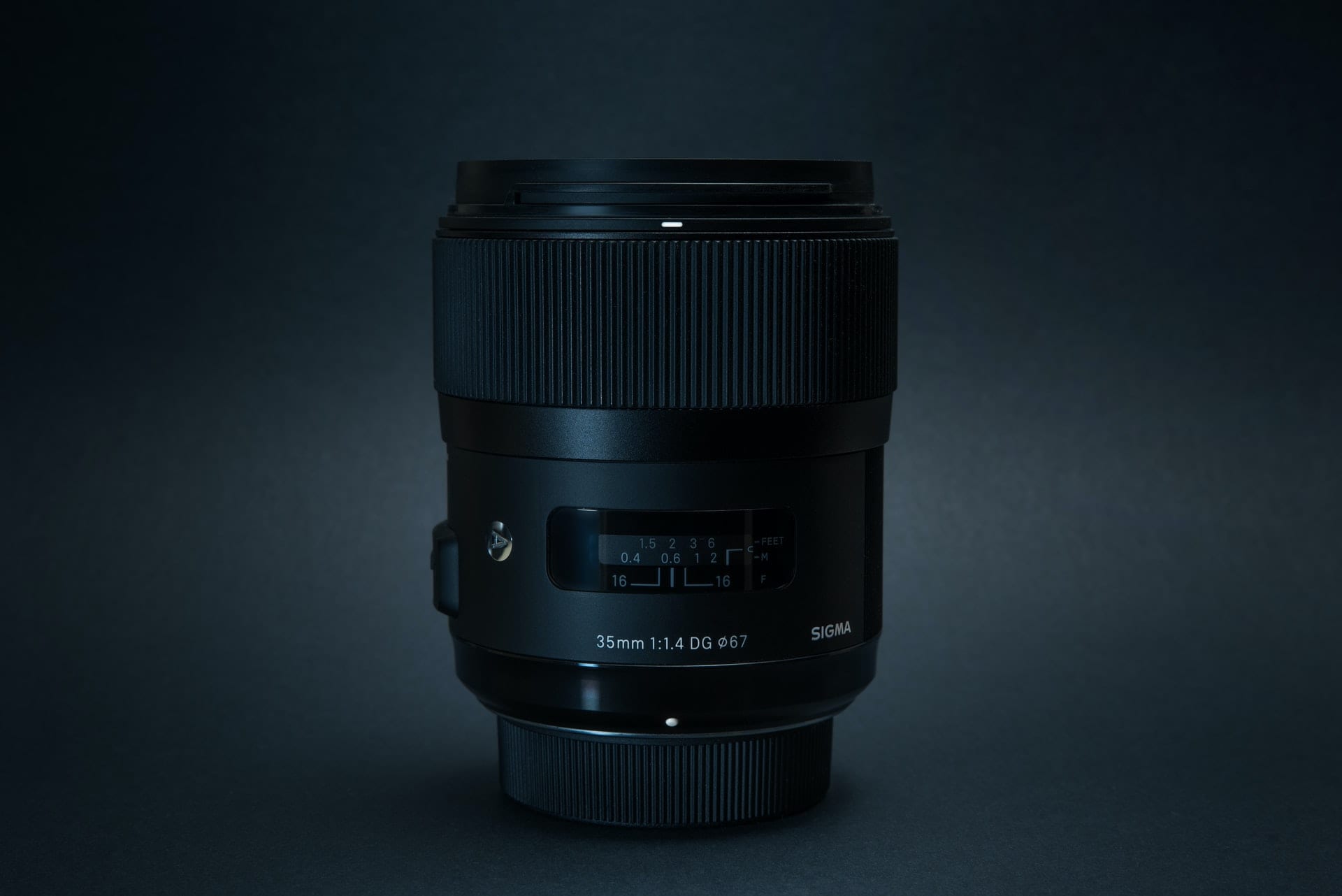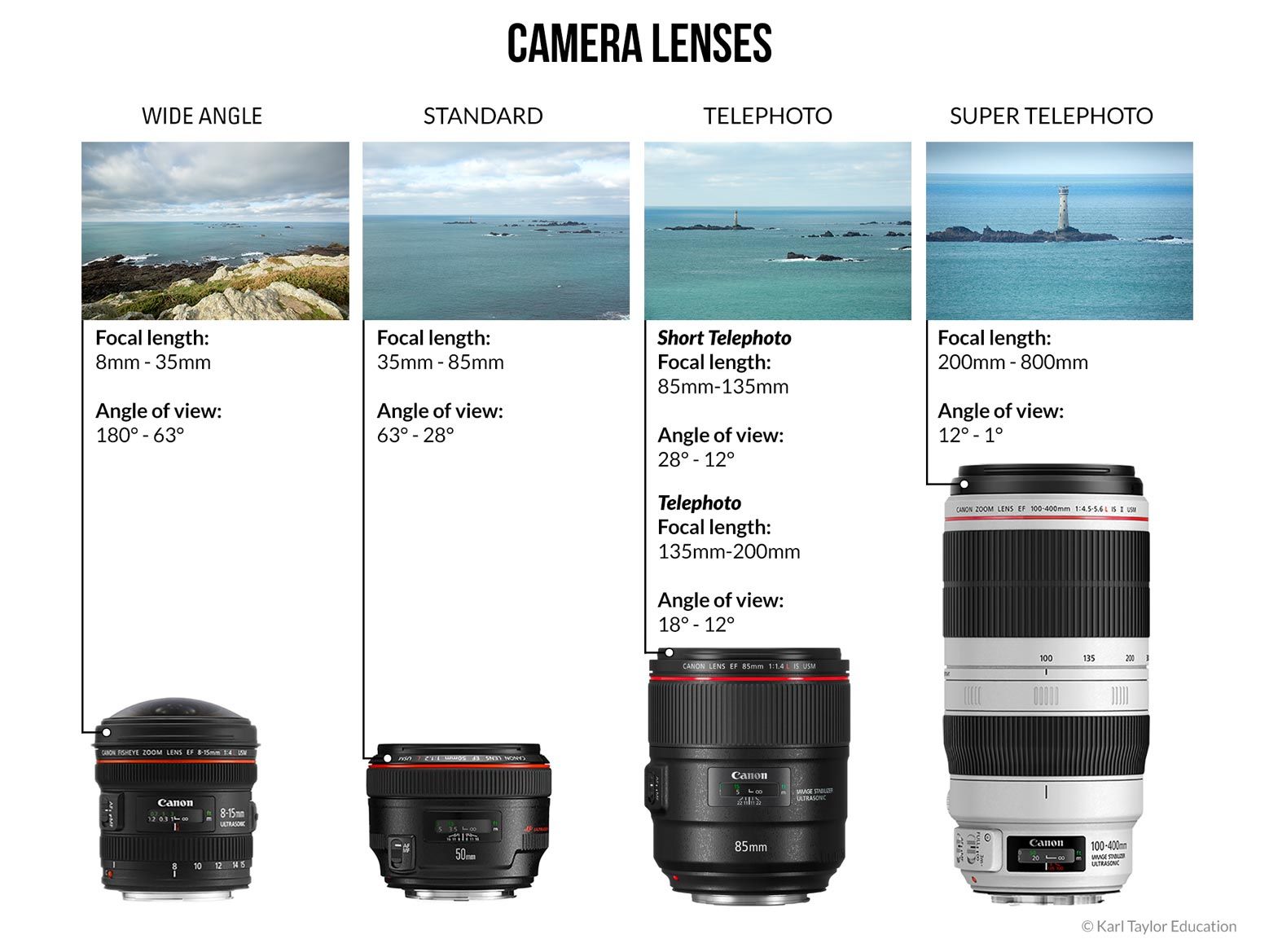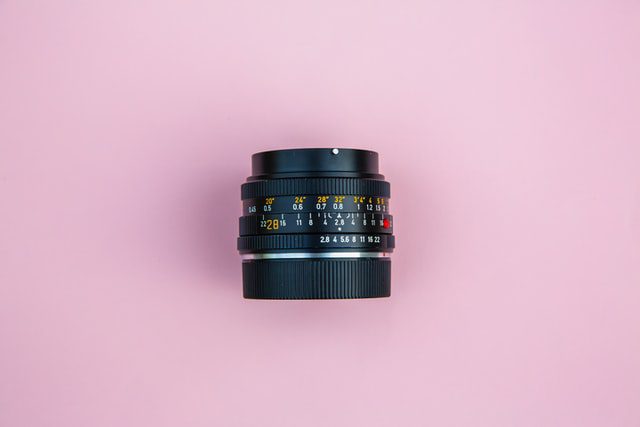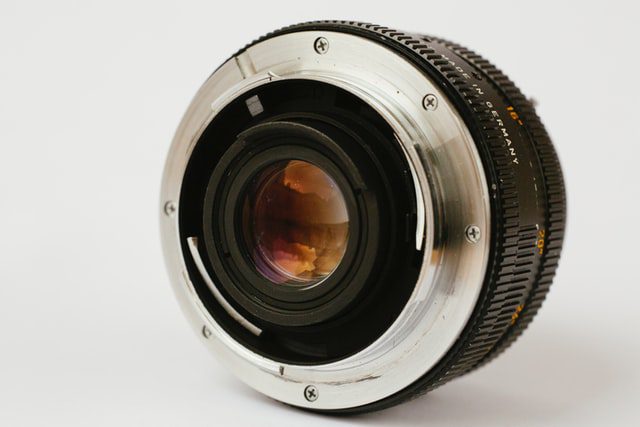In the world of film and photography, a prime lens is a secret weapon for stunning image quality.
It’s known for its fixed focal length and the ability to capture sharp, detailed photos with beautiful background blur.
We’ll explore why prime lenses are a favorite among professionals and how they can elevate your visual storytelling.
Whether you’re a seasoned photographer or a budding filmmaker, understanding the power of a prime lens is essential for your creative arsenal.
PRIME LENS
What Is a Prime Lens?
If you’re a photographer, it’s important to choose the right lens for your camera. One of the most popular lenses is called a prime lens. A prime lens has one focal length and an aperture that can’t be changed.
Prime lenses have been shown to produce sharper images with less distortion than zoom lenses do when taking photos at wide angles or at close distances.
They can be used for both still and video photography.
Prime lenses are often preferred by professional photographers because they’re less expensive than zoom lenses due to their simple construction, which results in better image quality.
What Is A Prime Lens?
Prime lenses are like the sharpshooters of the camera world.
They’re designed with a fixed focal length, which means they don’t allow for zooming – you zoom with your feet by moving closer or further from your subject.
This limitation encourages us to be more creative and thoughtful with our camera placement and movement.
With prime lenses, we reach for different types of storytelling tools.
Their hallmark is a wide aperture that allows more light to hit the sensor, making them ideal for low-light conditions and for achieving that dreamy, cinematic depth of field that renders gorgeous bokeh, a Japanese term for the aesthetic quality of out-of-focus areas in an image.
Here’s how a prime lens can enhance our film projects:
- It offers superior sharpness and image quality, especially at the edges of the frame.
- We get faster shutter speeds due to larger maximum apertures, which are a boon in dim lighting situations.
- Prime lenses tend to be lightweight and compact, simplifying our gear needs on set.
- They force us to think more creatively about shot composition and camera movement.
The prime lens comes in various focal lengths, each serving a distinct purpose.
A 35mm lens is great for a natural field of view while an 85mm is ideal for intimate portraits.
Lenses like the 50mm, often referred to as the “nifty fifty,” are versatile enough for a multitude of shooting scenarios.
Each focal length offers a unique perspective, compelling us to compose our shots with greater intention.
Choosing a prime lens is not just about technical considerations.
We’re also selecting an artistic tool that can align with our vision and narrative style.
The fixed perspective amplifies our attention to detail and enriches the visual language of our films.
It allows us to immerse the audience in the story, one frame at a time.
How Does A Prime Lens Differ From Other Lenses?
Prime lenses come with a reputation for crisp imagery that filmmakers and photographers highly value.
Unlike zoom lenses, prime lenses offer a single fixed focal length which often translates into superior optical quality.
They’re designed with fewer moving parts which can enhance image clarity and color fidelity.
The distinctions between prime and zoom lenses are substantial when considering speed and low-light performance.
Primes typically have wider apertures – allowing more light to reach the sensor.
This feature is crucial for shooting in challenging lighting conditions and is a key factor in achieving a shallow depth of field for that cinematic look.
Durability and ease of use are central to the prime lens experience.
Prime lenses tend to be more compact and lighter than their zoom counterparts, making them an ideal choice for filmmakers on the go.
They’re also seen as less complex due to their lack of zoom functionality which can make them a more reliable tool over time.
Lens choice is pivotal in establishing the mood and style of a film.
Here are some distinct qualities of prime lenses that can influence our visual storytelling:
- Sharper images with less distortion.
- Better low-light performance due to wider maximum apertures.
- Simplified creative process, as the fixed focal length encourages more thought in composition and framing.
Prime lenses are not a one-size-fits-all solution, and in some scenarios, zoom lenses may be more appropriate.
But, prime lenses consistently shine where image quality and artistic precision are of the utmost importance.
They compel us to approach our cinematography with intention and purpose, often leading to more memorable and dynamic footage.
The Advantages Of Using A Prime Lens
When we’re on the set, choosing the right lens can be the difference between an average shot and a cinematic masterpiece.
Prime lenses, often misunderstood as just a simple tool, actually possess a plethora of advantages that can elevate our filmmaking.
Prime lenses boast incredible sharpness across the entire image.
The clarity we achieve with them is often unparalleled, especially when we compare it to the softness that can creep into the edges with some zoom lenses.
This inherent sharpness is pivotal for capturing those impactful close-ups, delivering an image that’s crisp and detailed.
Lower light situations are no match for prime lenses.
Their wider apertures allow for more light, providing us with the flexibility to shoot in conditions that would otherwise require additional lighting.
Cinematographers cherish this feature as it helps capture the mood of a scene without the complications of artificial light.
These lenses are remarkably lightweight, making them a favorite for handheld filming and run-and-gun scenarios.
We can maneuver through tight spots and remain mobile for longer periods without feeling bogged down by heavy equipment, which is essential when reacting to the dynamic nature of film sets.
Let’s jump into why prime lenses can make a significant difference in our shooting experience:
- Enhanced creative control – with fixed focal lengths, we’re encouraged to compose our shots more thoughtfully.
- Faster aperture ratings – allowing us to achieve that sought-after bokeh effect with ease.
- Durable design – often more robust due to fewer moving parts and a simpler construction.
Our toolkit isn’t complete without a prime lens or two.
Having the ability to capture scenes with greater authenticity, thanks to the remarkable aperture settings and sharpness, provides a real advantage during post-production, where we strive for that polished, professional look.
Understanding Focal Length In Prime Lenses
When selecting a prime lens for filmmaking, understanding focal length is crucial.
Focal length, measured in millimeters, determines the lens’s angle of view and how much of the scene is captured.
With a lower focal length, a lens offers a wider field of view.
This is perfect for capturing expansive landscapes or working in tight spaces.
Conversely, a high focal length lens allows for tighter shots, bringing distant subjects closer with more detail.
Prime lenses come in a range of focal lengths, each serving different creative needs:
- Wide-angle lenses (24mm and below) – great for establishing shots and capturing immersive scenes,
- Standard lenses (around 50mm) – mimic the natural perspective of the human eye,
- Telephoto lenses (85mm and above) – ideal for portraiture and creating a shallow depth of field.
A prime lens’s focal length also affects the depth of field.
This is the amount of the scene from front to back that appears sharp.
A lens with a shorter focal length generally provides a deeper field where more of the scene is in focus.
Using prime lenses with different focal lengths alters the relationship between the subject and the background.
As the focal length increases, the background appears closer to the subject, a phenomenon known as compression.
This can be a powerful storytelling tool, offering a dramatic effect in scenes.
The choice of focal length will impact the aesthetic of the scene.
It can signify intimacy or isolation, and evoke emotions that align with the narrative.
It’s these characteristics that make prime lenses invaluable filmmaking tools.
Choosing The Right Prime Lens For Your Needs
When selecting a prime lens, the first consideration is your artistic vision.
Understand that each lens will render your scene differently, with its own unique set of characteristics.
Your project’s demands will dictate your choice – consider the subject matter and setting.
For instance, intimate character studies might benefit from a lens with a longer focal length, while expansive landscapes typically require a wide-angle lens.
It’s not just about the numbers; it’s about the story we want to tell.
To get it right, here are several factors we consider:
- Focal length – determines the frame’s width and the perspective distortion.
- Aperture size – larger apertures, like f/1.8, allow more light and create a shallower depth of field.
- Sensor size – full-frame sensors or Super 35mm can affect the lens’s effective focal length.
- Shooting location – cramped spaces vs. open areas can impact the lens choice.
We also weigh the practical aspects of our project:
- Budget constraints – prime lenses can vary widely in price.
- Weight and portability – crucial for hand-held shooting or when we’re on the move.
We’re constantly on the lookout for that perfect shot, and having the right prime lens in our toolkit is essential.
With careful consideration and a clear understanding of our narrative needs, we choose lenses that not only capture our vision but enhance it.
For projects where a distinct, cinematic look is vital, the choice of a prime lens becomes even more critical.
We prioritize optics that provide the sharpness, color rendition, and contrast required to convey our film’s mood and style.
Remember, each prime lens has a unique character and quality.
It’s why we test various lenses before a shoot – it’s all about finding that sweet spot where technical excellence meets our creative aspirations.
What Is A Prime Lens In Film And Photography – Wrapping Up
We’ve explored the nuances of selecting a prime lens that not only meets our technical needs but also elevates our creative expression.
Remember, it’s essential to balance the practical aspects with our artistic goals to achieve that stunning cinematic quality we’re after.
Let’s not forget the value of hands-on experimentation—there’s no substitute for testing lenses in the field to discover which one truly resonates with our vision.
Armed with the right prime lens, we’re well on our way to capturing those breathtaking shots that leave a lasting impression.
Frequently Asked Questions
What Is A Prime Lens In Filmmaking?
A prime lens is a fixed focal length photographic lens typically used in filmmaking for its superior image quality, large apertures, and ability to produce shallow depth of field.
How Does Focal Length Affect Filmmaking?
Focal length affects the angle of view and, as a result, the perceived distance between subjects and their background.
It influences framing and can either isolate subjects with a tighter shot or show more context with a wider angle.
Why Is Aperture Size Important In Selecting A Prime Lens For Filmmaking?
Aperture size determines how much light enters the lens, affecting exposure and depth of field.
Larger apertures allow more light, enabling shooting in low-light conditions and creating a shallower depth of field for a cinematic look.
Does Sensor Size Matter When Choosing A Prime Lens?
Yes, sensor size matters because it affects the effective focal length of the lens and the overall look of the footage.
Different sensors require lenses with appropriate focal lengths to achieve the desired framing.
How Do Budget Constraints Impact Prime Lens Selection?
Budget constraints can limit the number and quality of prime lenses a filmmaker can afford, making it essential to prioritize which focal lengths and features are most crucial for the project.
Why Is Weight And Portability Significant For Prime Lenses?
Weight and portability are significant because they affect the mobility of the camera and the comfort of the cinematographer, especially during handheld shooting or when working in dynamic environments.
How Does Testing Various Prime Lenses Benefit Filmmakers?
Testing various prime lenses allows filmmakers to assess which lens best suits their creative vision and the technical demands of the project, ensuring the right balance between technical excellence and artistic intent.







